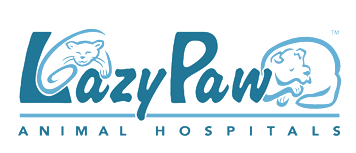If people are in pain, most of them are more than glad to let you know. Even babies may not be able to talk yet, but they can cry to let us know something’s up. Cats may retreat to corners, and dogs may whine, but it’s difficult to tell when a horse is in pain.
Veterinarians, owners, and trainers who spend plenty of time with horses can develop a special talent for spotting signs of discomfort, but equine body language can be hard to read, and horse facial expressions are even more inscrutable. Difficulty measuring pain in horses leads to many being undertreated for ailments, and that horses undergoing routine health procedures may not be receiving adequate medication for pain management.
Animal surgeons tend to look for a decrease in regular activity, a lowered head (especially if the head is held lower than the knees), staring off into the distance and losing interest in what is going on around them, and stiffness or reluctance to move. However, these signs are still difficult to spot, and they aren’t adequate measures of determining if a horse feels discomfort.
LazyPaw Animal Hospitals hates that any creature might suffer, which is why we were interested to find this study published in PLUS ONE Journal, an international peer-reviewed online publication that prints research from a wide variety of scientific disciplines. A group of scientists from Italy, Germany, and the United Kingdom ran a study that attempted to develop a standardized pain scale based on equine facial expressions.

The scientists studied several breeds that underwent routine surgical castration under general anesthesia. Group A got a single injection of Flunixin immediately before anesthesia, Group B received the drug before anesthesia and again as an oral administration six hours after surgery, and group C was the control group.
The researchers examined images of each horse before and eight hours after surgery to compare changes in facial expressions. They then developed the Horse Grimace Scale (HGS) to analyze six facial action units (FAUs): stiff backward ears, orbital tightening, tension above the eyes, prominent strained chewing muscles, a strained mouth and pronounced chin, strained nostrils, and flattening of the profile.
We’re glad more research and tools are becoming available to help people who care for horses understand when they might be in pain. No animal should be left in discomfort, and the more we learn about how to read horses, the less they will have to suffer.
Image credit – www.southernstates.com/images/Equine/horse_vet.jpg
